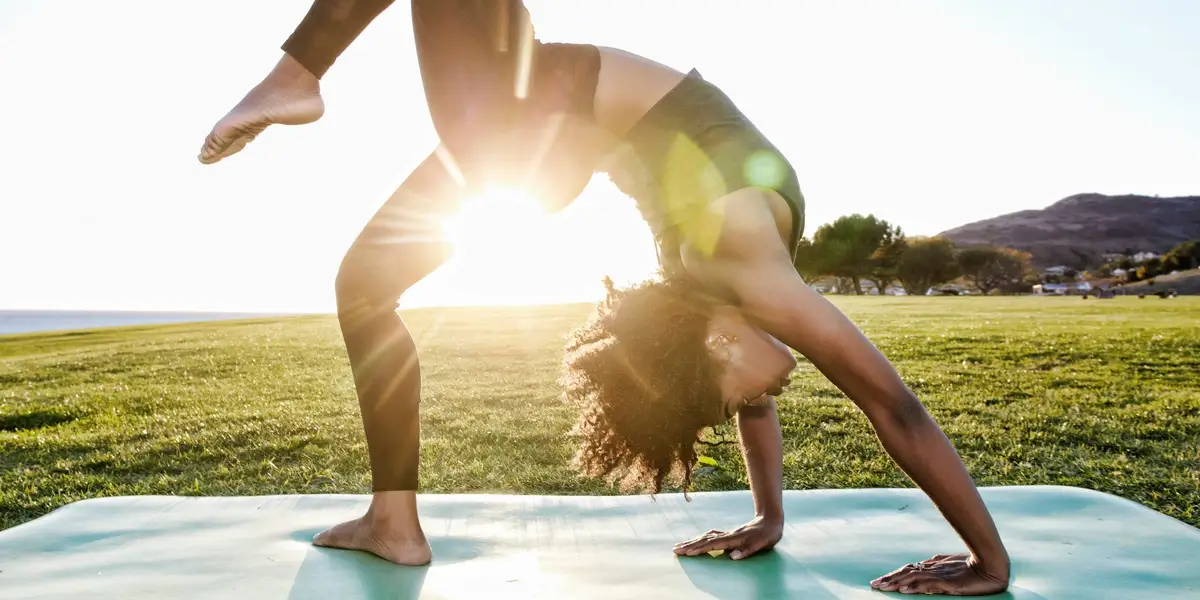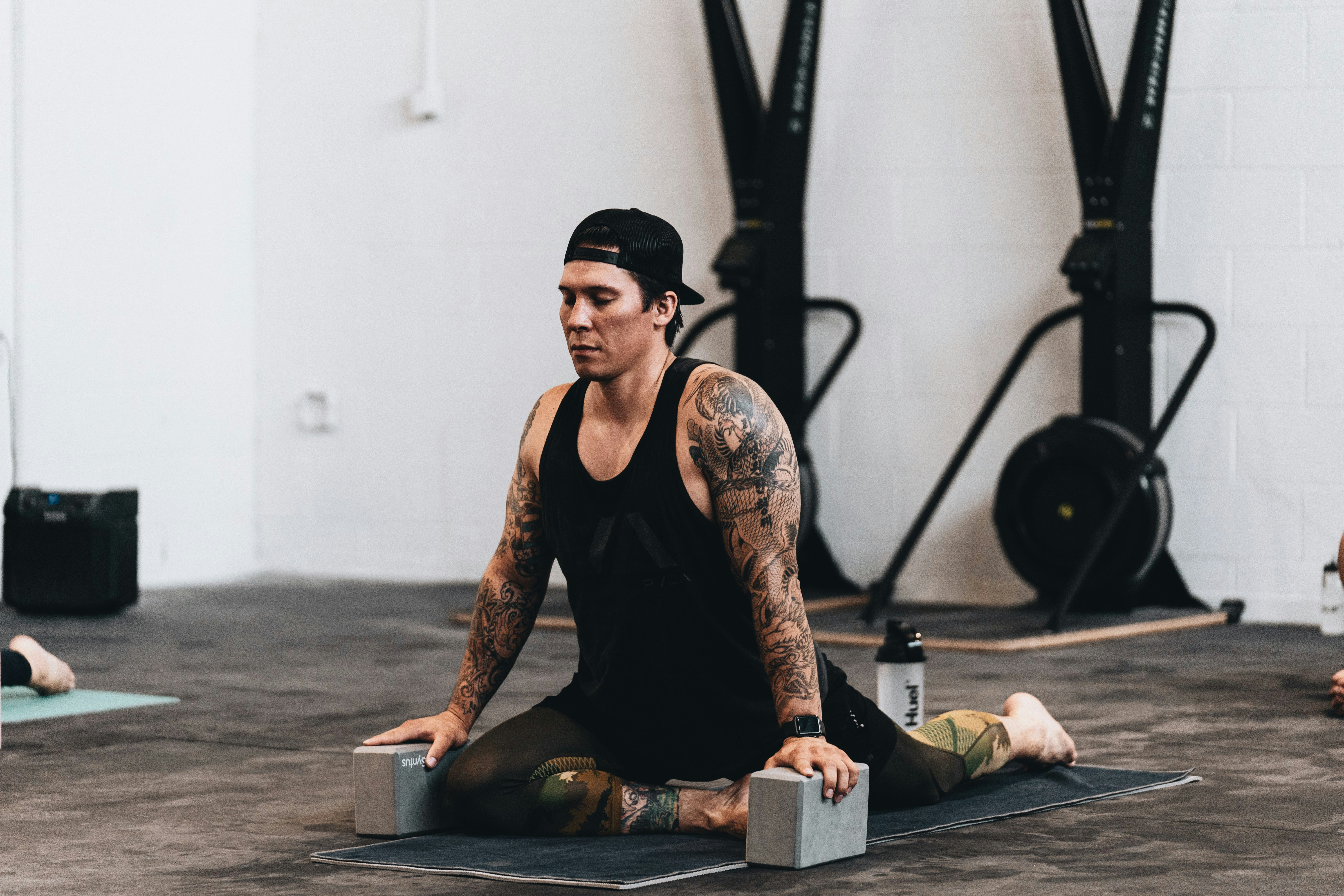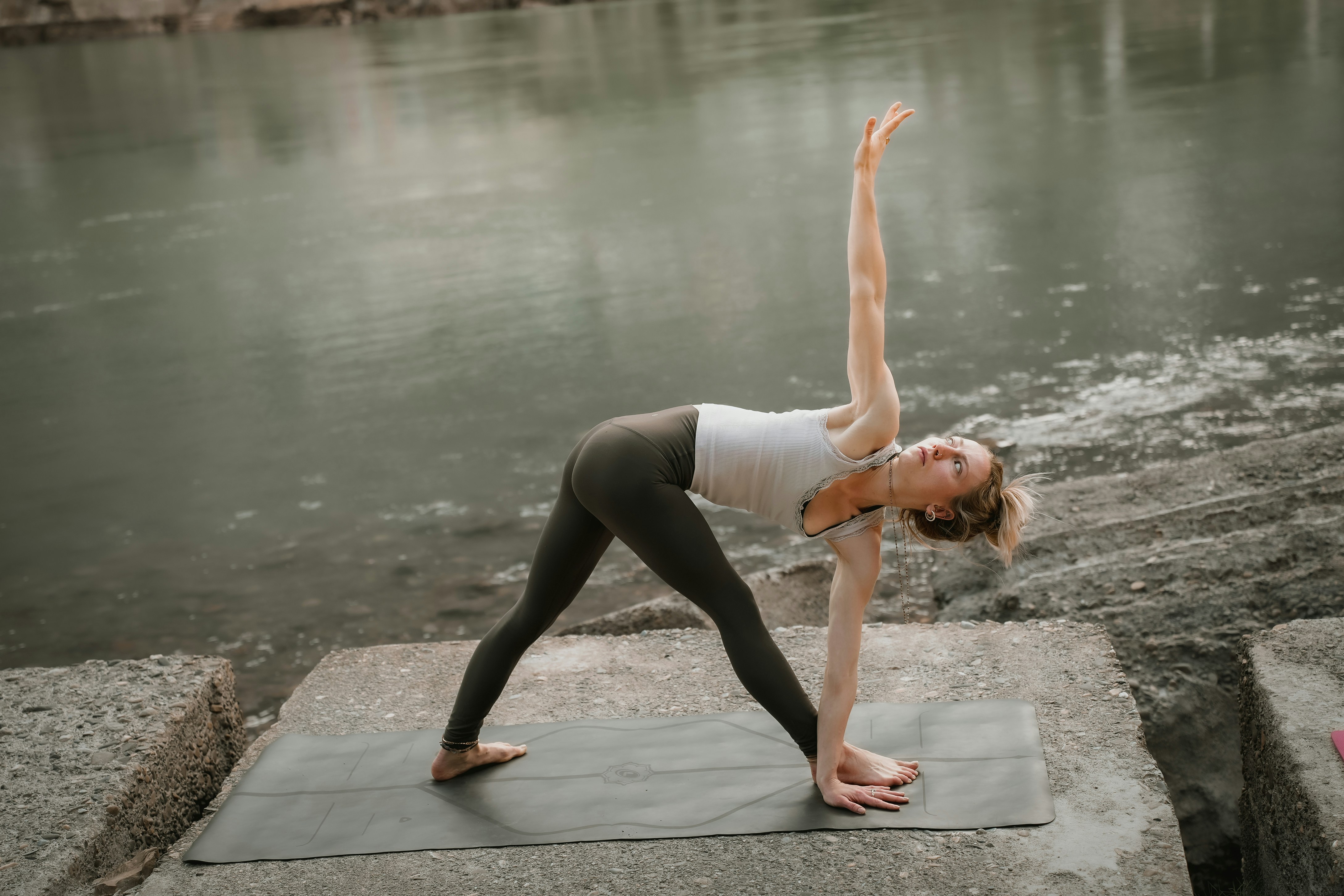Practice
Build Up to Bakasana Like a Pro

Bakasana, also known as crow pose, can seem like an intimidating yoga pose, especially when you’re just starting out. When I first encountered this arm balance, I couldn’t help but wonder how anyone managed to hold themselves up with just their arms. It looked like pure magic. But over time, I realized that the path to mastering bakasana is built on patience, practice, and progress. The key is understanding how to build strength, engage your core, and develop the correct alignment. With consistent practice and dedication, you’ll eventually find your way into this empowering pose.
In this article, I will take you through my personal journey and the necessary steps I believe are crucial for building up to bakasana. As you practice, remember that every small milestone is a victory, and with each attempt, you’ll get closer to achieving your goal.
Understanding Bakasana: The Fundamentals
Before diving into the physical preparation, it’s important to understand what bakasana is and why it’s considered such a valuable pose in yoga. Bakasana, or crow pose, is an arm balance in which your knees rest on the backs of your upper arms while your body is suspended off the ground, supported by your hands. To maintain balance, your arms need to be strong and stable, and your core has to be fully engaged. At first glance, it seems like a pose that requires serious upper body strength and stability, and in a way, that’s true. But the beauty of this pose lies in its accessibility and the steps we can take to gradually work up to it.
For me, the build up to bakasana required more than just physical strength; it demanded mental focus, trust in my body, and understanding of proper alignment. The journey was filled with plenty of small victories, like holding plank pose longer than usual or balancing on one foot. Each step, however small, was an important part of the bigger picture.
Strengthening the Core for Stability
One of the main things I learned when building up to bakasana is that a strong core is essential. If you’re not engaging your abdominals and deep stabilizing muscles, it can be almost impossible to find balance in this pose. For me, I started with core-strengthening poses that helped build the muscles needed to support the body in this arm balance. Plank pose, forearm plank, and boat pose were all part of my practice routine.
As I started to build core strength, I noticed that I had more control over my movements. My body felt more stable, and I was able to maintain a steady center of gravity when I shifted into the pose. The key is to focus on engaging the core at every stage of the transition, from preparing your body in the starting position to lifting off the ground.
Building Arm Strength and Stability
Another crucial element in the build up to bakasana is building arm strength. Crow pose demands that your arms support your entire body weight, which can be intimidating when you’re first starting out. But, just like with core strength, you can slowly build arm strength through regular practice. When I started working toward bakasana, I added a variety of arm-focused exercises to my routine. These included chaturanga push-ups, dolphin pose, and plank variations.
It’s important to recognize that arm strength isn’t just about lifting the body; it’s about holding yourself steady and finding balance in the arms while pressing the palms firmly into the mat. I also focused on wrist stretches to improve flexibility and prevent injury. The more I worked on strengthening my arms and wrists, the more comfortable I became in supporting my body in poses like bakasana.
Practicing Wrist Flexibility and Mobility
Wrist flexibility and mobility are often overlooked, but they are critical when you’re building up to bakasana. The wrists bear a significant amount of weight in arm balances, and if they aren’t conditioned properly, they can cause discomfort or even injury. In my own practice, I made sure to include wrist stretches to avoid unnecessary strain.
Some simple wrist stretches that helped me were wrist circles, reverse wrist stretches, and working in poses like downward-facing dog, where the wrists are engaged. I would gently press into my palms and notice any areas of stiffness or tightness, focusing on releasing tension before moving into more challenging poses.
Engaging the Hips and Legs
When building up to bakasana, it’s important to recognize that your legs play a vital role in finding balance. Even though bakasana is an arm balance, your legs must be engaged to help keep you steady. I found that focusing on my inner thighs and hip flexors helped improve my overall stability.
As I practiced, I worked on poses that opened my hips and engaged my legs. Malasana (garland pose), for example, helped improve my hip flexibility while also engaging the inner thighs, which are essential for balancing in bakasana. I would practice engaging my legs and inner thighs while balancing on my hands, which helped me develop the necessary stability to hold the pose.
Shifting the Weight and Finding Balance
Balance is the secret sauce to bakasana. In the beginning, it was all too easy for me to either tip too far forward or lose my connection to the ground. Over time, I discovered that shifting my weight forward into my hands was the key to achieving balance. When attempting to lift into bakasana, I started by pressing my knees into the backs of my upper arms and gently shifting my weight toward my hands.
I also learned that looking ahead, not down at the floor, helped me maintain my balance. As I lifted one foot off the ground, I focused on keeping my hips in alignment and my core engaged, which helped me gradually lift the other foot off the ground.
Being Patient with Your Progress
The most important lesson I learned while working on my build up to bakasana was patience. The journey takes time, and the key is to celebrate the small victories. At first, I struggled to lift one foot off the ground, and there were days when I felt discouraged. But I soon realized that yoga is not about perfection; it’s about progress. Every attempt, every small improvement, is part of the process.
On days when I felt like I wasn’t making progress, I would remind myself that yoga is a lifelong practice. There’s no rush, and I didn’t need to be perfect. I simply needed to keep showing up, keep practicing, and trust that my body would eventually adapt.
Modifications for Bakasana
There are times when I needed to use modifications to continue progressing. One modification I found helpful was placing a block under my feet, which helped me gradually build strength and balance without worrying about falling. I also practiced lifting one foot at a time before lifting both feet simultaneously. This made the transition smoother and gave me the confidence to eventually lift both feet into full bakasana.
Conclusion
Building up to bakasana is a process that takes time, practice, and patience. It requires a balance of strength, flexibility, and mindfulness. By focusing on core strength, arm stability, wrist mobility, and proper alignment, you can gradually build up to this challenging arm balance. And most importantly, be patient with yourself. The journey is just as rewarding as the destination, and with consistent practice, you’ll soon be able to float into bakasana with confidence.










